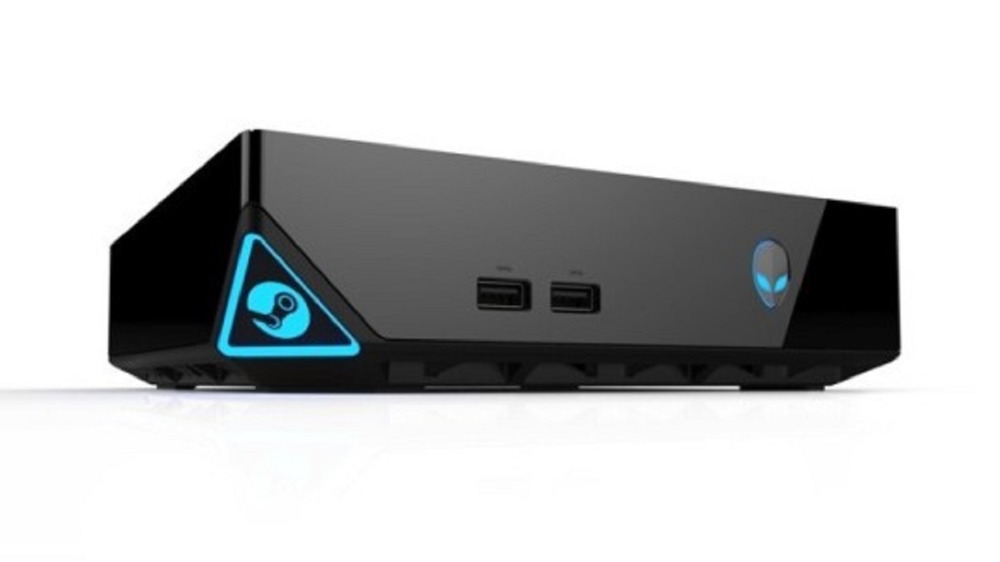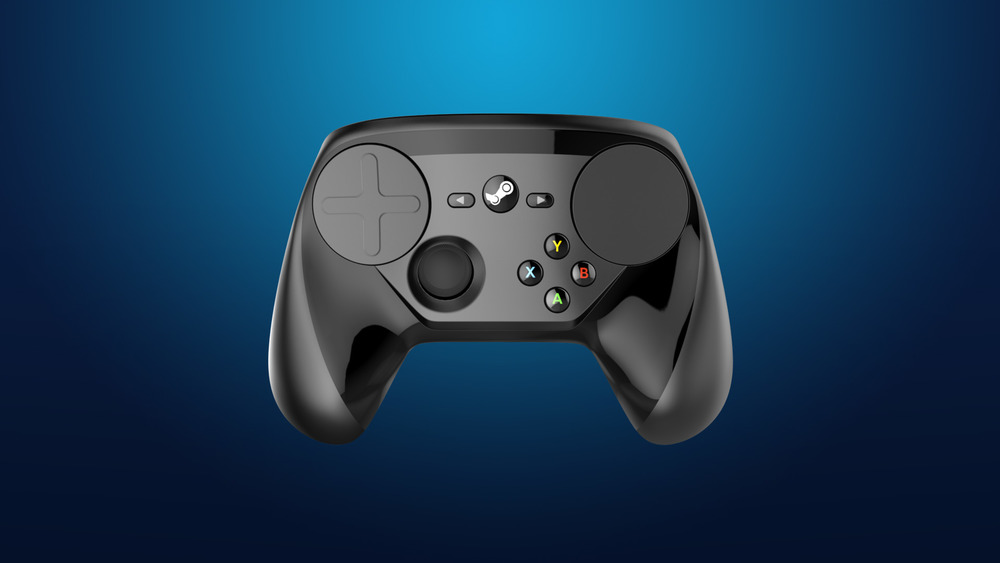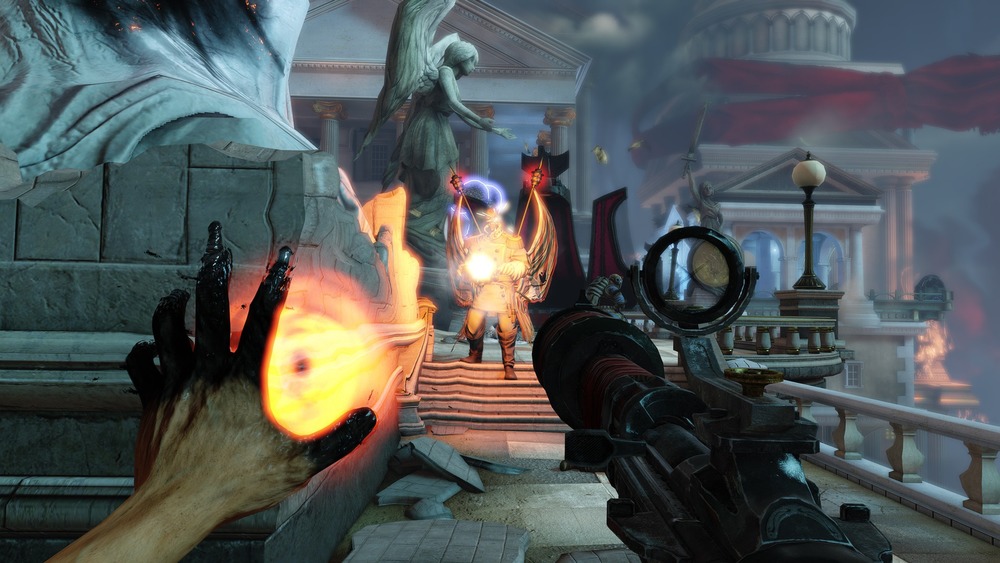This Is Why The Steam Machine Was A Complete Flop
Valve Software's Steam is pretty much unavoidable when it comes to PC gaming these days. It is one of the biggest storefronts on PC, housing tens of thousands of games. It has been a juggernaut for quite some time, and has built up a sizable and devoted following. But did you know that Valve's ambitions were even greater at one point? Valve wasn't content with simply dominating the PC game market — it wanted to own your TV, too.
The Steam Machine initiative was, for all intents and purposes, Valve's attempt at challenging game consoles. The company partnered with PC manufacturers to create PCs that tied in with Steam and essentially tried to replicate the console experience. While the idea was certainly worth exploring, it didn't work out in the slightest. Just a few years later, Valve completely abandoned Steam Machines.
These days, you'll have a hard time tracking down a Steam Machine. The boxes have largely faded out, and Valve itself is now offering other ways to let PC gamers play on their TVs (and other devices). Here is why the Steam Machine was a complete flop, and why you probably won't see Valve try something like this again anytime soon.
Steam Machines mostly ran Linux
Game developers already have it pretty rough. If they develop for a multitude of platforms, there's a lot of work involved in porting a project to all of those places. There's Windows on the PC side of things. Some games may even support macOS. Over in console land, there are the various PlayStation, Xbox, and Nintendo platforms. That's not even counting all of the mobile operating systems out there, too. Perhaps Steam Machines could've worked had they stuck to an established operating system such as Windows. Unfortunately, Valve went its own way and spun-off its own fork of Linux called SteamOS.
That move essentially took the enormous Steam catalog of games and rendered it moot. Only a fraction of the games found in the Steam store supported Linux and worked with SteamOS out of the gate. You can likely understand why this caused issues. Those with big Steam libraries found that many of the games they'd bought and paid for wouldn't work on Steam Machines.
While Valve did its best to make its own games work on SteamOS, other developers weren't as eager to do so. The choice to push SteamOS may have been the biggest driver in killing off Steam Machines (though there were plenty more).
PC games are still too keyboard-and-mouse reliant
Dedicated game consoles — your Xboxes, PlayStations, and so on — still have one significant advantage over gaming PCs. While you can really blow a gaming PC out with all the latest and greatest tech, the experience isn't really built for gamepad-only use. You may have to click around in many different launchers. Some games have splash screens that require you to click "Play" before you get started. PC games often assume you have a keyboard and mouse at the ready, and though you could use an on-screen keyboard, website Gaming on Linux flat out called that option "not practical."
Valve attempted to address some of these concerns by creating the Steam Controller, which swapped out one of the analog sticks found on most controllers for a touchpad. Unfortunately, this controller alone couldn't make PC gaming a more cohesive experience. If you wanted to try a game that lacked gamepad support or was designed with a keyboard and mouse in mind — the entire experience started to fall apart.
The graphical power just wasn't there
A lot of work goes into making a game console. Companies like Sony and Microsoft have to work closely with partners to come up with a box that crams a lot of tech in while still looking nice. PCs don't always have to worry about that, however. Cases can be absolutely enormous. Most of the parts are modular. If you want to upgrade something down the line inside a PC, you can usually do it.
Steam Machines tried to thread the needle and offer the best of both worlds. They tried to offer PC gaming in a console-like package. What most of these boxes didn't do, though, was focus on power. Small form factors and the use of PC parts meant large graphics cards just weren't an option. That really limited the types of games Steam Machine buyers could play.
Case in point: PCMag had trouble running BioShock Infinite at its highest settings. Sure, you could turn those settings down. But at that point, why wouldn't you just spend less money to get a comparable experience on a console?




